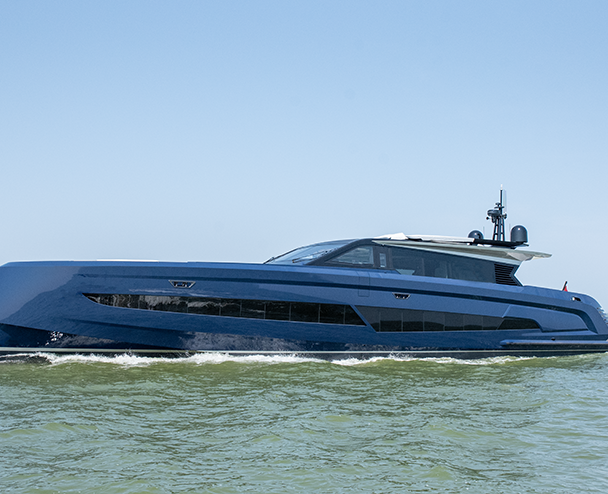
Yacthing Etiquette
Whether it’s your first time chartering a yacht, you’re a yacht aficionado, or a guest aboard someone else’s yacht — we all can agree that good etiquette is appreciated by everyone, and will make for a better yachting experience for all.
WRITTEN BY STEFANIE TABACOW, YACHTLIFE
1) PREPARING YOUR CHARTER
What to bring
• You’re on a yacht, so don’t forget your swimsuit and sunglasses. Sun dresses and sarongs are advisable for women, while lightweight pants, shirts and sweaters are great for all passengers.
• Pack light-soled shoes, flip-flops or just go barefoot — so much time is spent in the water or on the sand.
• Nannies: don’t assume that the crew will be your nanny. Bring childcare with you if you would like have someone else look after your children.
What NOT to bring
• There is sunscreen onboard, but if you like a particular brand, bring it. Avoid sunscreens with oil as those can stain the sunbed cushions and teak decks.
• Do not bring high heels and hard-soled shoes as these damage the yacht decks.
• Bed linens, blankets, and towels are all provided onboard.
• Glassware and flatware are also provided onboard.
Provisioning the yacht
• Day charters: generally, yachts are stocked with water, soft drinks and ice. You can bring your own food and drinks; have your yacht broker arrange for delivery; or hire a private chef.
Term Charters
• Before embarkation, work with your broker so that the crew has a detailed meal preferences and provisioning sheet. The crew will stock the yacht with food and drinks, and the chef will be prepared to make desired meals for all those aboard.
Term (multi-day) Charter
• The Master Cabin (largest guest room) goes to the principle charterer — the one who is inking the contract and footing the brunt of the bill. If you are splitting the cost equally, sort out the rooms in advance.
2) COLLABORATING WITH CAPTAIN AND CREW
• The primary responsibility of captain and crew is safety. Once aboard, there will be a briefing about lifejackets, liferafts, yacht layout, crew introductions and other specific safety information.
• Heed your captain’s advice on the itinerary, transit times, and places to visit — there’s no point in trying to travel too far and not enjoying the journey.
• Let your captain know if you are inviting guests so he may order extra provisions and avoid shortage of food or drink.
• Avoid entering the crew quarters without explicit verbal permission.
• The galley (kitchen) is considered crew workspace — ask the chef before entering.
3) GENERAL RULES
• Most yachts do not allow smoking inside cabins — there should be a designated smoking area on an outside deck if you fancy an after-dinner cigar.
• If you find a yacht that allows you to bring your pet, make sure that you have all the proper documentation (passport, vaccinations, micro-chips).
• Red wine is usually not allowed onboard as it not only stains but it’s also difficult to store on most yachts.
4) TIPPING
• It’s customary to tip your crew for their service on the last day of your charter; place it in an envelope and hand it directly to your captain. As a general rule, a 15% gratuity is expected for a job well done.
5) LAWS
•In most major yachting destinations, unless the vessel is a Coast Guard Inspected Vessel, it cannot carry more than 12 passengers during a paid yacht charter regardless of the size of the vessel.
• If you’re traveling in international waters, you’ll need passports with visas and another form of government issued ID.
• Some countries may require special vaccinations. Please check with your broker as they will confirm for you.











